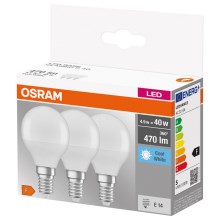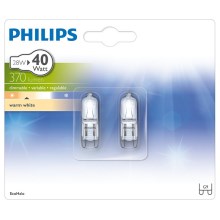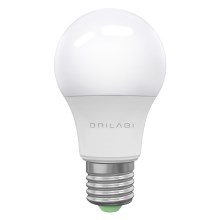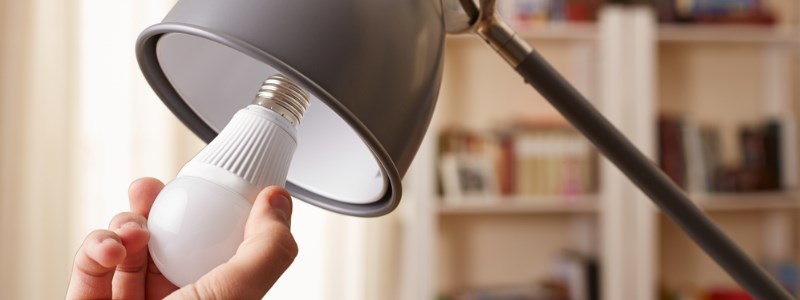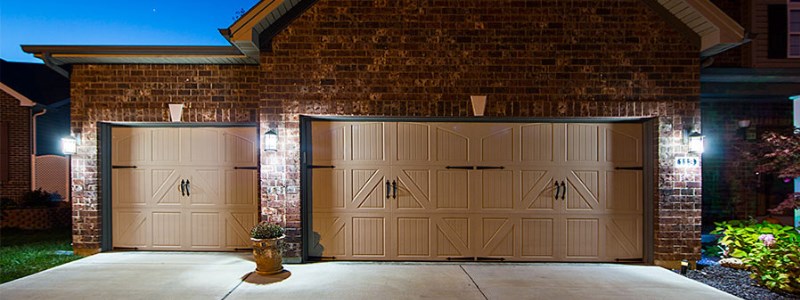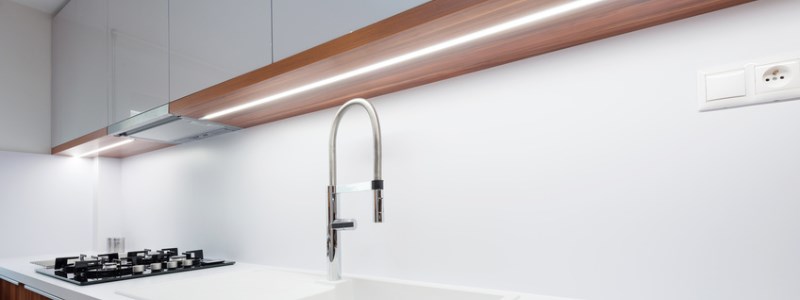When choosing the light, we should not only consider the financial aspect, which means how to save as much as possible. What is also important is to feel comfortable when the light is shining. Therefore, we should also consider, what color temperature the particular light source will emit. For clarity, the best is to divide the color temperature into three primary types: warm white, cool white and daylight.
Warm white – for relaxation
For most of the people, the most pleasant and most usual is the warm white color. This color has a slightly yellow shade. Standard bulbs, halogen bulbs, more expensive fluorescent tubes as well as LED bulbs emit this type of light. However, in LED bulbs there has been a tendency to use slightly whiter light than absolutely yellow, as it is in standard bulbs. That way LED bulbs get closer to daylight and also too yellow color is not good for the eyes.
Warm white color is recommended in lights, which we will have in the rooms intended for relaxation and where we want to feel comfortable – mainly bedrooms, living rooms or children rooms.
Daylight – for work
The light sources with daylight color temperature (sometimes termed as neutral white) are commonly used in households. The light sources with this white color have white shade and are suitable for spaces, where we carry out an activity and where we need “to have good visibility without a yellow shade”. Such light sources are specifically recommended for kitchens, bathrooms, hallways, children rooms and offices.
Cool white – for activity
The third type is a light source with cool white color. Their light is very bright, vibrant. Cool white color temperature sometimes has a bluish shade. This color supports concentration and the eyes don’t get tired so much (cool white color temperature is suitable for work with a computer. You can find light sources with cool white color temperature in study rooms, offices, commercial spaces and industrial halls. This color temperature is also useful in dark rooms, such as cellars.
Kelvins (K) determine the color temperature
Are you asking how to find out, into which color temperature category the particular light source belongs? It is necessary to know how many Kelvins the light source has or what is its chromaticity. The information about Kelvins must be stated on the box of each light source. And one simple rule applies – the more Kelvins the whiter or bluer the color.
As far as color temperature is concerned, it is also interesting to mention the research of the Dutch physicist Andries Kruithof. He has discovered the connection between the color temperature of a light source and illuminance intensity. According to him, people prefer warm color temperature at low levels of lighting, while as the intensity increases, people prefer light sources with more Kelvins. At the intensity of 20 lx the light with a color temperature about 2000 K was perceived the best, at values above 300 lx the light with more than 4000 K was perceived the best.
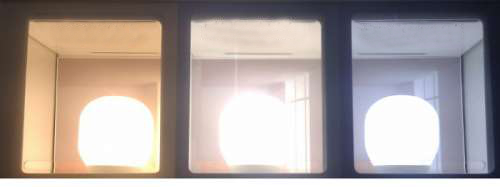




 Paulina
Paulina
